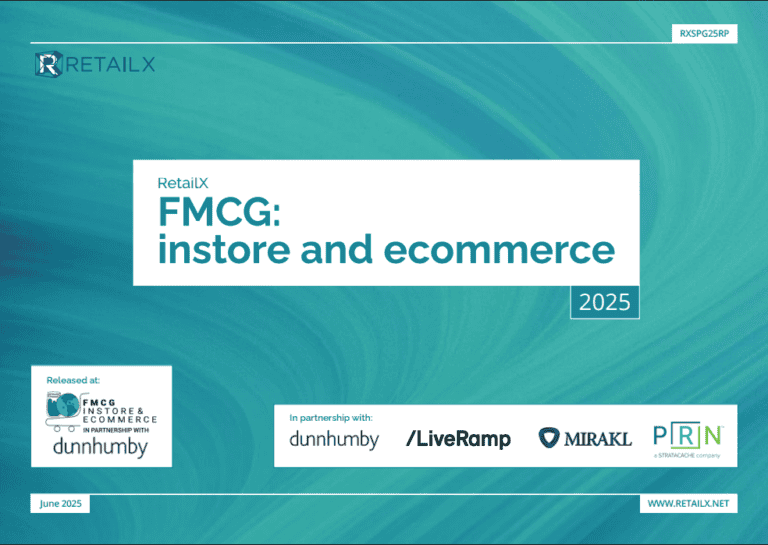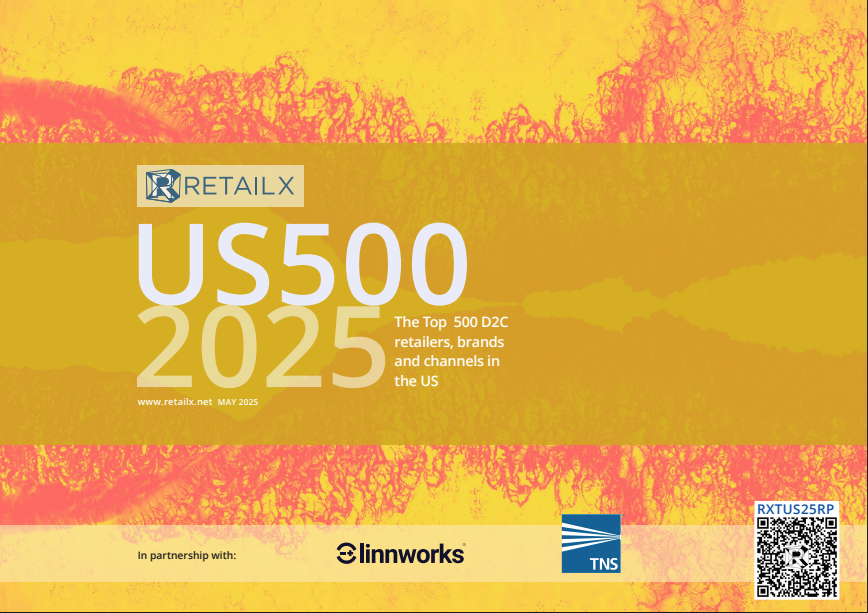Big data specialists Qubit took an indepth look at tag management for listeners to a recent Internet Retailing webinar, How to win with tag management: strategies for achieving business and marketing agility.
The speakers in the hour-long event were Ian McCaig, CMO of QuBit, and Harry Hurst, technology partnerships manager at the company.
What is tag management, what can it do for retail websites, and how can it best be implemented? These were some of the questions on which Ian McCaig, co-founder and CMO of QuBit and Harry Hurst, technology partnerships manager at the company, tackled in a recent Internet Retailing webinar, How to win with tag management: strategies for achieving business and marketing agility.
The evolution of tag management
A relatively new industry, said McCaig, tag management has grown up in response to the twin challenges of demand for website speed, and the fast growth of data at a time when data alone is expected to grow 800% over the next five years.
Ian McCaig said: “The first real challenge most marketers are currently wrestling with is the pressure that’s now put on websites around page speed. Google, and many other search engines are putting more and more pressure on faster sites. That’s driven by the way consumer’s expectations have changed. We now live in an age driven by Google and Facebook where it’s all about speed.”
The importance of that speed is spelt out by these figures: for every second that it takes your website to load, page views decrease by 2% and conversions by 7%. But website speed can be slowed by the many tags now deployed on websites by advertisers, marketers and ad networks. A few years ago a typical website would have about 30 tags running on their site but now that number has risen to 100 or more. It was in response to that proliferation that the industry started to grow out, with the first tag management company founded about five years ago in order to manage the growth and volume of data.
Today, said McCaig, Qubit identifies three types of tag management vendors.
Strategic tag management solutions from companies including Adobe and Google have been launched as each looks to house the different tags that they deploy on websites. Each of these suppliers has more than 10 technologies each.
Pure tag management solutions, from developers such as Talium, TagMan and Ensighten, offers services around tag management, extending to include attribution.
Data management and optimisation companies TMS (tag management services) companies such as Brighttag and Qubit’s own Opentag business put the focus on managing data rather than tag management. What’s the difference? “It’s about creating a data layer which helps you organise your data and then sends that data to third party technologies like analytics, like remarketing and product recommendation engines,” said McCaig.
Evolution, he said, is now coming in driving and delivering new technologies, by using the data layer to serve live chat, understand user behaviour, or knowing how and when to serve a product recommendation.
Tag management is growing by 400% a year, faster than web analytics did in their early days but still less than 5% of the top 10,000 websites are using it. In a poll, 28% of delegates taking part in the webinar said they used tag management, compared to 72% who did not.
What is a tag management tool – and what should you be looking for in one?
Basic tag management solutions have four different components: containers, where scripts and tags are stored; the scripts themselves, each of which contains a tag; the filters that decide whether a tag should be served on a page; and the page variables that define user, page and product information for every page of the website.
A high-performing content delivery network is important for hosting the tag management solution, while it’s also important to make sure the server is available 24/7 and high level security is in place, said McCaig. Other issues to bear in mind include the ability to manage domains and sub-domains from the same place, that it is compatible with different technologies, and that there is support for mobile devices. Asynchronous tag loading ensures that site speed is optimised.
Tag management software can also provide a useful way to gain consent for cookies to be deployed, now required under EU law, while a good tag library can be a useful way to deploy tags quickly.
Six steps to deploying a tag management system
• Identify all third-party JavaScript technologies running on your website.
• Develop a unified data model to manage all technologies and data exchange.
• Migrate technologies one by one into a Tag Management Solution, using library tags where possible.
• Full test plan, of both performance and data exchange.
• Full deployment.
• Monitor through the tag management system user interface.
The second speaker on the webinar was Harry Hurst, technology partnerships manager, who gave a practical illustration of some of the advantages that tag management has to offer.
Speed
Opentag customers cited a 13.5% improvement in site speed.
Data control
By making data available in a structured format it is more easily reported back into individual systems. This means the accuracy and consistency of reporting starts to improve across technologies.
Adding new tags
The Qubit universal variable data model makes it easier to add new tags, said Hurst, cutting down on the time and cost of development work.
Conditional firing of tags
Enabling retailers to decide when and where tags should fire, filtered by user behaviour as well as URL or page categories, retailers can deduplicate their CPA channels, reduce their non-profitable spend and take decisions on investing where most profitable.
Connect analytics to the data
Faster implementation and more accurate data sets result from plugging analytics into a data layer.
Improve ROI from advertising
Data management TMS systems can be used to manage advertising network spends more effectively, said Hurst.
Choice of managed and self-service
Businesses who want to have full control of their tag management might opt for self-service, whereas businesses may opt for a managed service when internal resources and expertise are limited. Some may use their own content delivery network (CDN), while others may opt for a hosted network.
A Q&A session included questions on tag compression and technologies for embedding tags.
To hear the webinar for yourself, to view the accompanying slides and hear the question and answer session in full, visit the QuBit webinar page. For details of our other webinars visit our webinars page.








